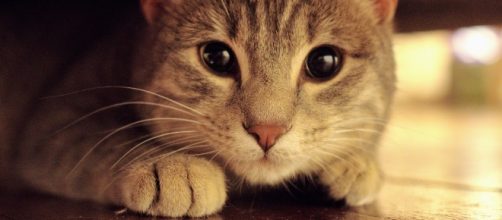One of the many curiosities found on the Web are sites dedicated entirely to cats. The phrase ‘domestic Cat’ is said to be an oxymoron, since nobody ever really owns a cat. And while a dog is a man’s best friend, a cat is a cat’s best friend. Nevertheless, our fascination with cats is undeniable, and no, that attraction didn’t start along with the invention of the internet. Cats and humans have enjoyed a mostly symbiotic relationship for thousands of years, and the very first person responsible for this was probably someone living in Egypt and western Asia about 10,000 years ago, research says.
Why do people keep cats?
A newly published study in the journal Nature Ecology & Evolution reports genes of domestic felines can be traced back to the African wildcats of the Near East and Egypt. The Old World has numerous species of wildcats, but the specific subspecies in those areas is the one that has a link to today’s domestic cats.
From an archaeological standpoint, cats are a very hard find, in part because humans do not eat them. Archaeologists have hunted for early evidence of this relationship between humans and cats and found that they have long been important to human societies as a pest-control agent, object of symbolic value and companion animal. However, very little is known about its domestication process and early anthropogenic dispersal.
Cats domesticated themselves
Cat domestication likely began when these furry wildcats began hunting rodents that were feasting on grains harvested by Neolithic farmers. The farmers welcomed the sly, four-pawed hunters, and eventually started relying on them to keep vermin at bay.
“This is probably how the first encounter between humans and cats occurred,” says study coauthor Claudio Ottoni of the University of Leuven. “It’s not that humans took some cats and put them in cages,” he says. Instead, people more or less allowed cats to domesticate themselves.
Surprisingly, perhaps, tabby cats appeared only in the Middle Ages. DNA evidence suggests the gene mutation that causes blotched markings appeared in a cat in western Turkey in the 14th Century.
Over the next few hundred years, tabbies spread around the world, as cats became prized for their beauty rather than utilitarian skills.
Arguably, we are at the dawn of cat domestication. Today's wildcats and house cats are still virtually the same. But in 8,000 years, we might have as many breeds of domestic cats as we do dogs. Conversely, cats may continue to defy domestication, cementing their place as one of the few animals to befriend humans without falling completely under their control.


